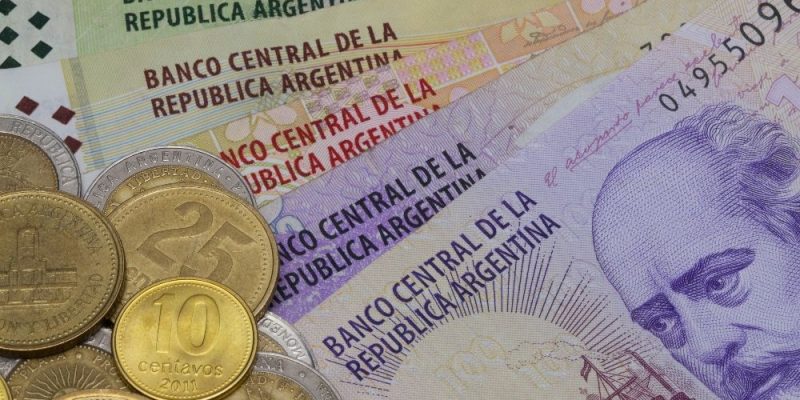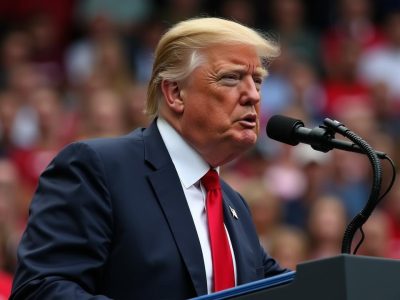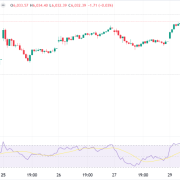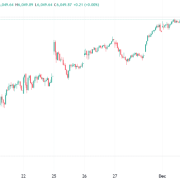
Argentina’s economy has just suffered a significant setback, contracting by 2.6% in the third quarter of 2024 as compared to the same period the previous year.
This is a noteworthy milestone since it represents the sixth consecutive quarter of year-on-year contraction in Gross Domestic Product (GDP), depicting a bleak picture of economic stagnation.
However, despite this dismal result, there has been a remarkable development: the country’s GDP increased by 3% over the previous quarter.
This positive change suggests a departure from the technical recession that has plagued the economy since the latter part of last year.
While the current scenario provides a complicated, mixed picture; it also represents an ongoing battle against deep-rooted economic issues while also pointing at a weak but potential route to recovery.
In assessing current economic conditions, new figures issued by the INDEC statistics agency show a consistent pattern of decline.
Specifically, economic activity fell by 3.3% year on year in September, 3.7% in August, and 1% in July 2024.
At this steady pace, it is clear that Argentina’s economy is still struggling with significant inertia toward recession, despite efforts by the government to stabilize and reorient the country’s economic trajectory in the face of these obstacles.
Javier Milei’s administration and its impact
The administration of Libertarian President Javier Milei has taken many severe and radical measures to reduce public spending and pursue a contentious plan for mass layoffs in the public sector.
While these measures are meant to reduce inflation and strengthen public finances, they have resulted in a significant decline in economic activity across a variety of sectors.
As a result, despite these rigorous measures, Argentina now has one of the world’s highest inflation rates, reaching an amazing 166%.
The consequences of these austerity policies have been severe, resulting in a rise in poverty rates that currently exceed an alarming 50%.
This complicated situation calls into doubt the social consequences of Milei’s economic reforms, raising worries about the policies’ long-term viability in light of their widespread detrimental effects on the populace.
Nonetheless, Milei’s administration has received some credit for its efforts to restructure state finances, which have long been hampered by widespread and unsustainable public expenditure.
However, the ultimate success of these changes will be determined by the government’s ability to successfully and positively revive and revitalize Argentina’s struggling economy.
Future expectations: is there a light at the end of the tunnel?
Eugenio Mari, head economist at Fundación Libertad y Progreso, believes that an expected 3% increase in GDP over the preceding quarter indicates that a recovery trend could strengthen in 2025.
“Let’s hope this trend solidifies in 2025,” Mari said to Reuters, offering a ray of light in an otherwise dark and volatile economic scene.
These estimates highlight the durability and potential for growth that may arise if conditions are favourable.
The government’s plans, as evidenced by the draft budget for the coming year, are for an aggressive 5% GDP growth objective in 2025.
However, achieving these goals will be a daunting task, especially in an atmosphere marked by increased market scepticism and social pressures.
The route forward will include not only prudent economic management but also a solid strategy for regaining the trust of both citizens and investors.
Importance of investment and confidence
Investors’ and residents’ faith in the government’s policies and governance is critical to any economic revival.
While Milei’s administration has taken strong moves to address the current crisis, the successful implementation of effective, long-term reforms will be vital to preventing the country from falling back into recession.
The urgent need to create jobs and effectively address rising poverty rates cannot be stressed; any delays in encouraging economic recovery are likely to have severe consequences for the people as a whole and could exacerbate social dissatisfaction.
Even while considerable progress has been achieved in restoring public finances, Argentina’s economic prospects are nevertheless hampered by the weight of history.
Authorities face the difficult task of striking a delicate balance between enforcing required austerity measures and encouraging incentives that support growth and investment.
Creating an economic environment that encourages thriving firms while also improving the living standards of ordinary residents will be critical for long-term success and stability.
Argentinian economy: a mosaic of contradictions and challenges
Overall, Argentina’s current economic condition is a complicated mosaic of contrasts and obstacles.
While the year-on-year decrease in GDP is troubling and symptomatic of long-term concerns, indicators of economic expansion recorded in the previous quarter provide a preliminary indication of a potential rebound on the horizon.
President Javier Milei’s government faces enormous obstacles, not only in managing the complexities of the economy but also in addressing and alleviating the socioeconomic situations that impact the people.
The road to recovery may be difficult and plagued with challenges, but it is not impossible if it is traversed with caution, unshakable devotion, and a clear long-term vision for economic and social revitalization.
The post Argentina’s economy contracts 2.6% in Q3 2024, but shows signs of recovery appeared first on Invezz









